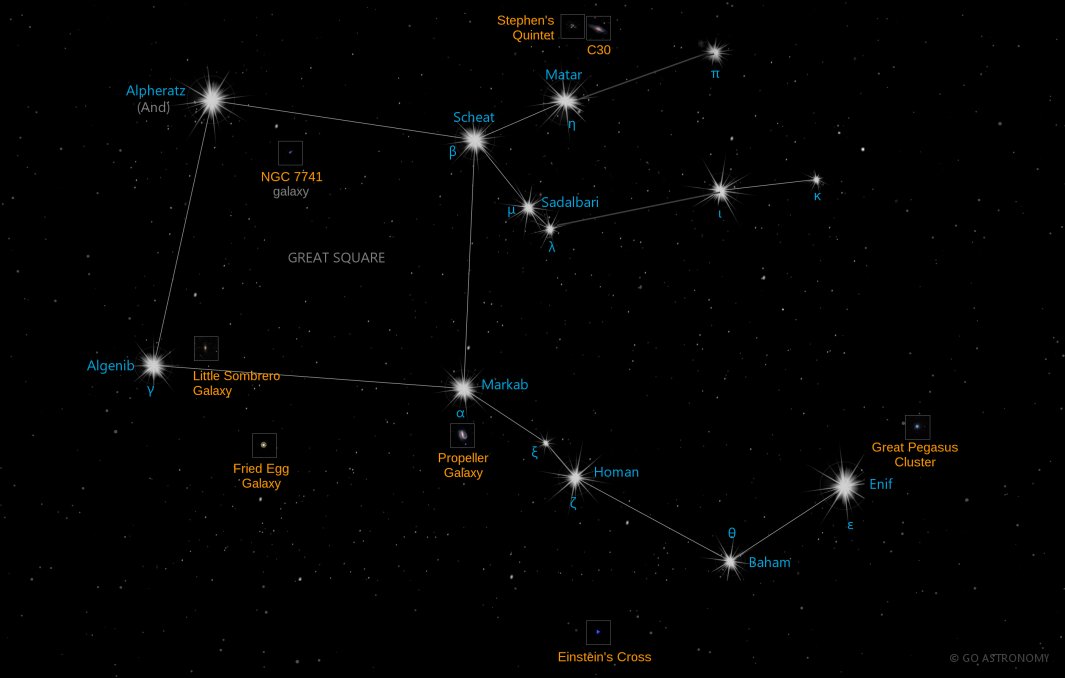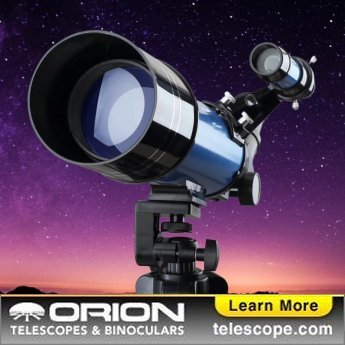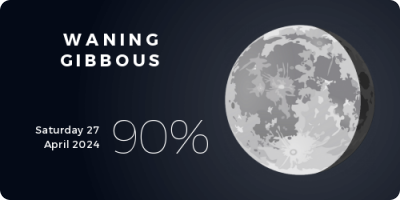Pegasus, the Winged Horse (Peg)
(PEG-us-us)
The Northern constellation of Pegasus, the Winged Horse, is best viewed in Fall during the month of October.
Pegasus is the 7th largest constellation. It's brightest star is Enif at magnitude 2.38. The boundary of the Pegasus constellation contains 19 stars that host known exoplanets.
- Pronunciation:
- PEG-us-us
- Meaning:
- Winged Horse
- Genitive:
- Pegasi
- Abbreviation:
- Peg
- Asterism:
- Great Square
- Constellation Family:
- Perseus
- Hemisphere:
- Northern
- Quadrant:
- NQ4
- Visibility:
- 90° N - 60° S
- Best viewing month*:
- October
- Area:
- 1121 sq. degrees
- Size:
- 7th largest
- Right Ascension (avg):
- 22h 37m
- Declination (avg):
- 20°
- Brightest star:
- Enif (2.38)
- Stars with planets:
- 19
Brightest Stars in Pegasus
The 10 brightest stars in the constellation Pegasus by magnitude.
- Star
- Magnitude
- Spectral class
- Epsilon Pegasi (ε Peg)
- 2.38
- K2Ibvar
- Beta Pegasi (β Peg)
- 2.44
- M2II-IIIvar
- Alpha Pegasi (α Peg)
- 2.49
- B9.5III
- Gamma Pegasi (γ Peg)
- 2.83
- B2IV
- Eta Pegasi (η Peg)
- 2.93
- G2II-III..
- Zeta Pegasi (ζ Peg)
- 3.41
- B8.5V
- Mu Pegasi (μ Peg)
- 3.51
- M2III
- Theta Pegasi (θ Peg)
- 3.52
- A2V
- Iota Pegasi (ι Peg)
- 3.77
- F5V
- Lambda Pegasi (λ Peg)
- 3.97
- G8II-III
Double Stars in Pegasus
These are the brightest and easiest-to-find double, triple, and quadruple star systems in the constellation Pegasus. Also see all star clusters.
- Star system
- Magnitudes
- Type
- Epsilon Pegasi
- 2.5, 8.7
- double
Star Clusters in Pegasus
The most notable and easy-to-find star clusters in the constellation Pegasus . Also see all star clusters.
Galaxies in Pegasus
The most notable galaxies in the constellation Pegasus. Also see all galaxies.
- Name
- Alt name
- Type
- Little Sombrero Galaxy
- C43
- spiral
- Pegasus Dwarf
- dwarf
- Stephan's Quintet
- galaxy group
- Caldwell 30
- C30
- spiral
- Fried Egg Galaxy
- ring
- NGC 7318A/B
- galaxy pair
- NGC 7318A/B
- galaxy pair
- NGC 7725/7753
- galaxy pair
- NGC 7752/7753
- galaxy pair
- Paramecium Galaxy
- spiral
- Propeller Galaxy
- C44
- spiral
Milky Way Satellites in Pegasus
Dwarf satellite galaxies that orbit the Milky Way Galaxy located in the constellation Pegasus. Also see all Milky Way satellite galaxies.
- Galaxy name
- Alt name
- Magnitude
- Pegasus III
Neutron Stars in Pegasus
These are the most well-known neutron stars in the constellation Pegasus. Although neutron stars cannot be seen in any amateur telescope, they are at the center of many supernova remnant nebulae, which can be seen. Also see all neutron stars.
The Winged Horse of the Sky
Pegasus is a well-known constellation in the northern hemisphere's autumn sky. Named after the mythological Greek winged horse, Pegasus, it is one of the 48 constellations listed by the 2nd-century astronomer Ptolemy and is now among the 88 recognized by the International Astronomical Union (IAU).
Historical Overview
The constellation Pegasus has been recognized in many different cultures and has had various interpretations over centuries. The ancient Greeks visualized Pegasus as the mythical winged horse associated with inspiration, poetry, and the Muses. In Chinese astronomy, the constellation was part of the Black Tortoise of the North.
Location and Main Features
Pegasus is the 7th largest constellation, covering an area of 1121 square degrees. It's located in the fourth quadrant of the Northern Hemisphere and can be seen at latitudes between +90? and -60?. It is surrounded by Andromeda to the north and east, Pisces to the south, and Aquarius to the southwest.
Main Stars in Pegasus
The most distinctive feature of Pegasus is the "Great Square of Pegasus," an asterism formed by three of the constellation's brightest stars, Markab, Scheat, and Algenib, along with Alpheratz from the constellation Andromeda. The apparent magnitudes of these stars range from 2.04 to 2.83, making them visible to the naked eye in clear, dark skies.
Besides the stars of the Great Square, another notable star in Pegasus is Epsilon Pegasi, also known as Enif. This is an orange supergiant star and, with an apparent magnitude of 2.39, it is the brightest star in the constellation.
Deep Sky Objects
Pegasus also hosts several deep-sky objects. One of the most notable is NGC 7331, a spiral galaxy that is often compared to our Milky Way galaxy because of its similar structure. Another significant deep-sky object is Stephan's Quintet, a tight visual grouping of five galaxies. Four of these galaxies are physically associated, while one is a foreground galaxy. Observing these objects, however, will require a telescope.
Observation
Pegasus is best viewed in October for observers at mid-northern latitudes. Although the stars forming the Great Square are readily visible to the naked eye, you would need a small telescope to see the deep-sky objects in this constellation.
* Constellation shown for northen hemisphere skies. For the southern hemisphere, constellations appear rotated 180 degrees (upside-down and left-right reversed) from what is shown. Remember that seasons are reversed too - summer in northern latitudes is winter in southern latitudes.
** Circumpolar constellations are visible year-round in the hemisphere listed (and not at all in the opposite hemisphere).





